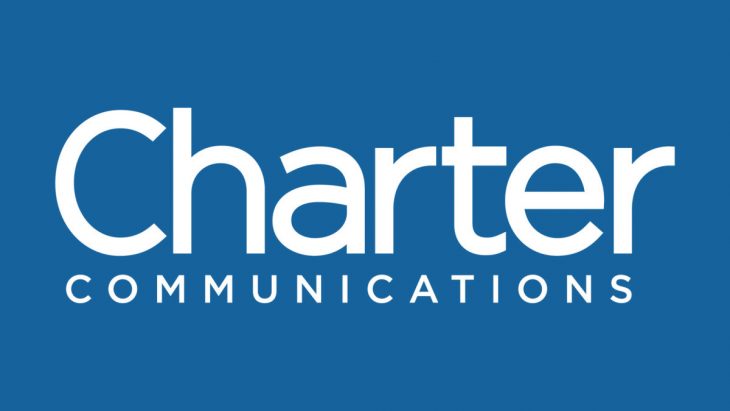
Charter wants to beam video, voice and data everywhere
NEW ORLEANS – Ramping up for the emerging 5G wireless era, Charter Communications is exploring the idea of using new wireless spectrum to beam a bundle of video, voice and data services to subscribers beyond the edges of its wired hybrid fiber/coax (HFC) networks.
Speaking at the SCTE/ISBE Cable-Tec Expo show here last week, Craig Cowden, Charter's senior vice-president of wireless technology, said the cableco is looking at ways to leverage soon-to-be-available CBRS spectrum (3550-3700 MHz) to deliver the "triple-play" package to homes it can't reach now with its wired network. He cited that as one of several use cases that Charter is studying for the CBRS spectrum, which will start becoming available to carriers for 5G services in the U.S. through a federal government auction next June.
In general, the use of CBRS spectrum will help Charter "extend beyond the reach of HFC," explained Cowden in a keynote session during a breakfast forum at the show hosted by Light Reading. "It's not an overlay of HFC."
Elaborating on that point, Cowden said "the fixed-wireless use case is more unfettered" than HFC and represents the biggest near-term opportunity for Charter to leverage the 70 MHz of 3.5GHz CBRS spectrum that will go up for auction in the U.S. in June (Canada will hold an auction of that spectrum band in 2020 as well). The mid-band spectrum will support both licensed and unlicensed mobile services by carriers, along with services from incumbent spectrum users like the U.S. Navy.
Using CBRS, Charter is particularly envisioning the rollout of 5G fixed-wireless service in rural parts of its sprawling franchisee territories spread throughout the U.S., including broadband, video and voice offerings. On the broadband end, for instance, Cowden said the company aims to deliver minimum speeds of 25 Mbps downstream and 3 Mbps upstream "at the cell edge," which would sync with the FCC's latest standard for broadband service.
Currently, Charter is trying out a CBRS-based fixed-wireless service with non-paying customers in a rural section of North Carolina, focusing on both technical performance and operational processes. Cowden said Charter executives picked that market "because we wanted a worst-case scenario for RF distribution.” If the trials go well, he said, the cableco could start deploying the service commercially sometime next year.
At the same time, Charter is testing mobility services in parts of New York and Los Angeles, making use of dual-SIM smartphones that can switch seamlessly between the company's macro cellular network and CBRS-powered small cells. The idea is to shift some cellular network usage for Charter's Spectrum Mobile product off the Verizon MVNO network and onto its own CBRS-based LTE network.
“We see targeted opportunities for mobile offload,” Cowden said. “Our data shows that something like 85% of outdoor mobile traffic takes place in 15% of geographic locations.”
While Charter is doing "extensive testing" in this area, it has not yet made a "real commitment to deploy" the service, Cowden stressed. He said that any further commitments will depend on how the broader technology ecosystem for CBRS develops over time.
Cowden said Charter is also exploring how to use CBRS to support private LTE networks for its growing enterprise business. He noted that Charter views that spectrum as a "real door-opener" for new business applications and services.
Speaking in an earlier part of a Light Reading breakfast forum, CBRS Alliance president Dave Wright emphasized the enterprise service opportunity for CBRS could be huge for cable operators. He said MSOs could tap into the unlicensed piece of CBRS to deploy such business services "without having to jump through any hoops to speak of."


